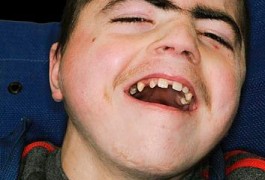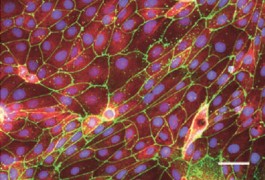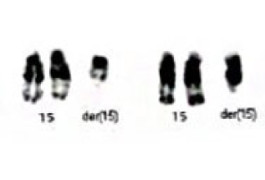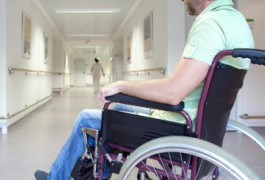Clinical research: Fragile X unlinked from intelligence
Women who have intelligence quotients in the normal range may nevertheless have fragile X syndrome, often described as the most common inherited form of mental retardation, according to a case study published 27 June in Molecular Autism.
















